- Home
- Articles
- Architectural Portfolio
- Architectral Presentation
- Inspirational Stories
- Architecture News
- Visualization
- BIM Industry
- Facade Design
- Parametric Design
- Career
- Landscape Architecture
- Construction
- Artificial Intelligence
- Sketching
- Design Softwares
- Diagrams
- Writing
- Architectural Tips
- Sustainability
- Courses
- Concept
- Technology
- History & Heritage
- Future of Architecture
- Guides & How-To
- Art & Culture
- Projects
- Interior Design
- Competitions
- Jobs
- Store
- Tools
- More
- Home
- Articles
- Architectural Portfolio
- Architectral Presentation
- Inspirational Stories
- Architecture News
- Visualization
- BIM Industry
- Facade Design
- Parametric Design
- Career
- Landscape Architecture
- Construction
- Artificial Intelligence
- Sketching
- Design Softwares
- Diagrams
- Writing
- Architectural Tips
- Sustainability
- Courses
- Concept
- Technology
- History & Heritage
- Future of Architecture
- Guides & How-To
- Art & Culture
- Projects
- Interior Design
- Competitions
- Jobs
- Store
- Tools
- More
iXcampus Design School by Same Architectes: A Dialogue Between Innovation and Heritage
Designed by Same Architectes, the iXcampus Design School in Saint-Germain-en-Laye redefines sustainable educational architecture. Integrating local materials, landscape, and adaptable spaces, the project connects heritage with innovation to create a forward-thinking learning environment immersed in nature.
Located on the edge of the state-owned Saint-Germain-en-Laye forest, near the town center, the iXcampus represents a new generation of sustainable and innovation-driven educational environments. Designed by Same Architectes, this development establishes a thoughtful connection between the suburban surroundings, lush greenery, and the region’s rich architectural and landscape heritage.
Table of Contents
ToggleA Vision Rooted in Context
The new buildings form part of a broader masterplan that carefully respects the existing identity of the park while reimagining the campus for the future. The architectural approach emphasizes integration and continuity—each new element engages in a subtle dialogue with the pre-existing structures. This shared architectural language enhances harmony across the site while ensuring long-term adaptability and sustainability.
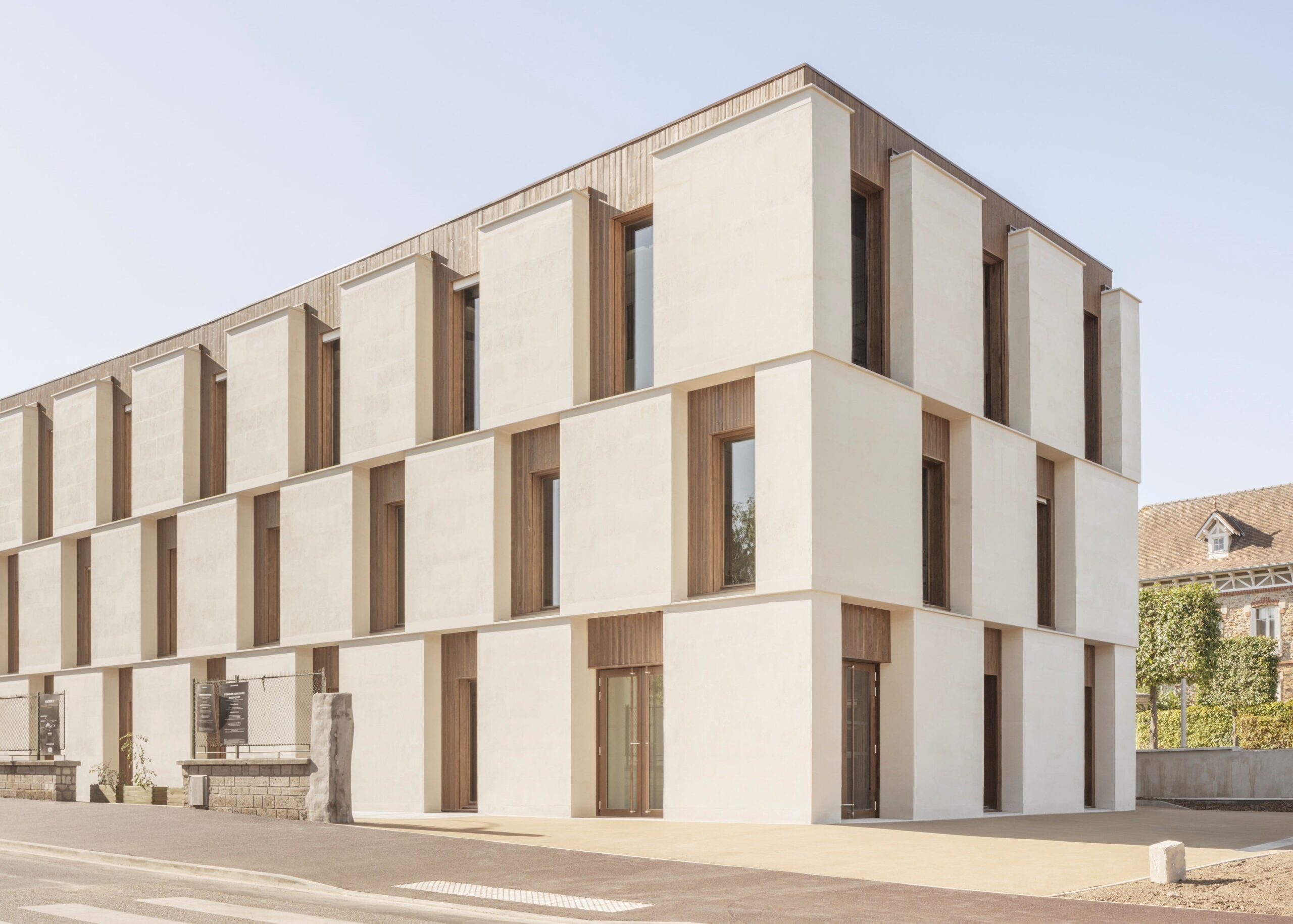
Strategic Positioning and Morphological Design
Positioned on the eastern boundary of the campus, the design school occupies a prominent location, benefiting from high visibility within the urban fabric. A spacious public forecourt marks the main entrance, functioning as a transitional threshold between the city and the campus.
The building’s form—a splayed parallelepiped with a gently concave roofline—echoes the natural topography and urban geometry of its setting. The simplicity of its massing and clean lines creates a clear architectural statement, linking the town, park, and adjacent university facilities.
Locally sourced massive stone clads the façade, referencing regional landmarks and reinforcing the building’s strong connection to its territory.

A Sensitive and Sustainable Façade
Each façade has been designed with equal consideration, characterized by a rhythmic interplay of stone panels and wooden-framed windows. This alternating pattern of transparency and solidity creates a visual balance between materiality and light. The use of a modular grid system ensures architectural coherence and efficiency, while subtle variations in depth add richness and movement to the elevations.

Adaptable and Open Interior Spaces
The building’s post-and-beam structural system allows for a high degree of flexibility and transformation. Lightweight, removable partitions make it possible to easily adapt spaces to evolving educational needs, supporting a forward-thinking approach to learning environments.
The ground floor opens onto the landscaped exterior and contains the main entrance lobby, designed as a bright and welcoming space. A sculptural spiral staircase—serving as a visual centerpiece—leads to the upper-level classrooms and studios. Administrative offices are placed in the building’s narrower section, benefiting from optimal daylight and spatial efficiency.
In the basement, a lecture hall and computer labs are illuminated through lushly planted window wells, ensuring natural light and a connection to the landscape even below ground level.
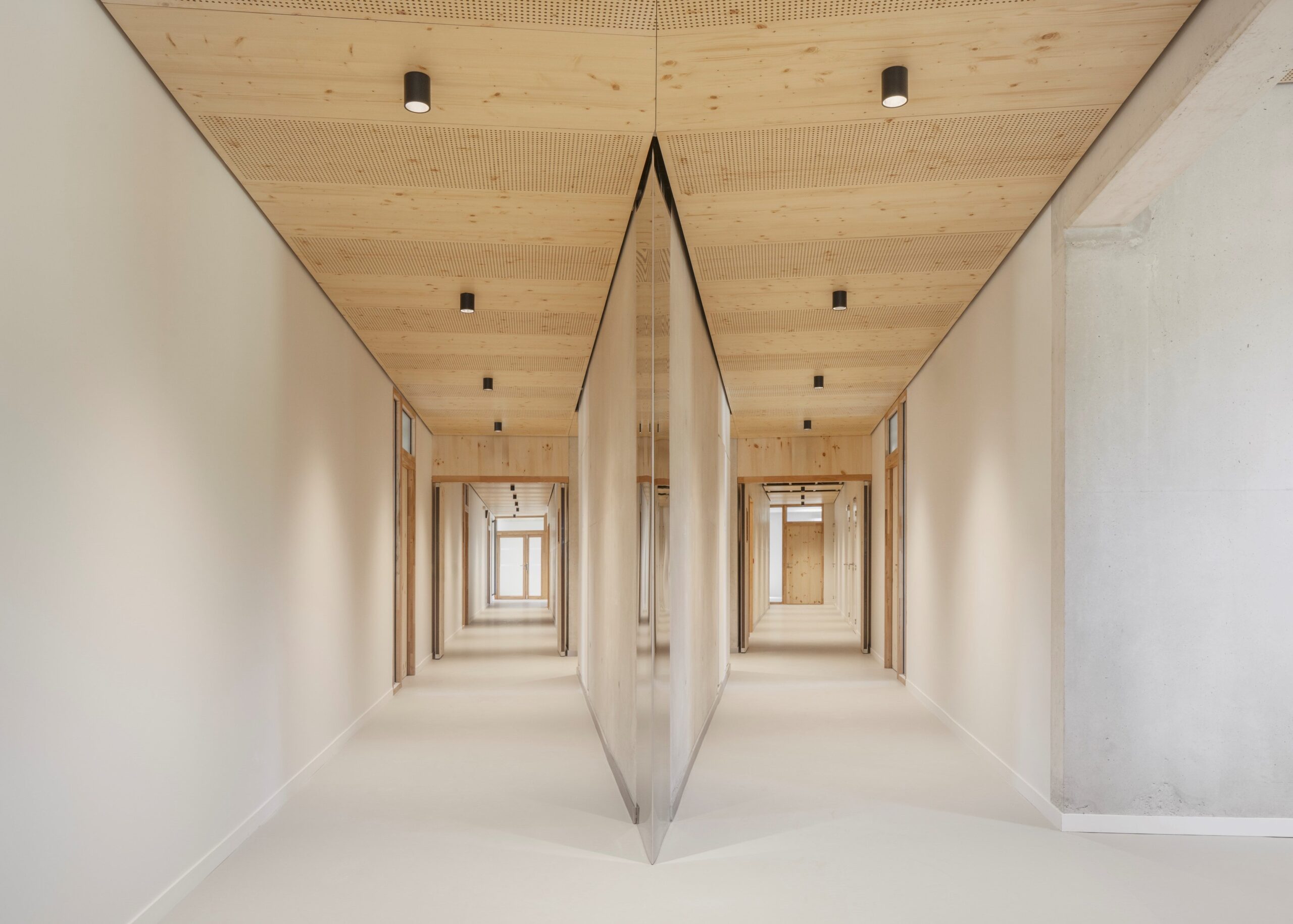
Conclusion
The iXcampus Design School embodies a sensitive and contextual architectural vision—one that unites heritage, innovation, and sustainability. Through its careful site integration, local material use, and adaptable spatial configuration, the project stands as a model for contemporary educational architecture that respects both its environment and its users.
Photography: Schnepp Renou
- adaptable interior spaces
- architectural heritage France
- campus masterplan design
- contemporary campus design
- contextual design
- educational innovation France
- environmentally conscious architecture
- French architecture
- French modern architecture
- iXcampus Design School
- Landscape integration architecture
- modern learning environments
- post-and-beam structure
- Saint-Germain-en-Laye architecture
- stone façade architecture
- sustainable building materials
- Sustainable educational architecture
- university architecture
Submit your architectural projects
Follow these steps for submission your project. Submission FormLatest Posts
Louis-Saint-Laurent School by STGM Architectes & Ateliers Architecture
The Louis-Saint-Laurent School expansion by STGM Architectes enhances learning through fluid circulation,...
Design for Education: How Schools Shape the Way We Learn
Design for education: how schools shape the way we learn discover how...
CUBE Workshop Building by Civic Architects
The CUBE Workshop Building at the University of Twente merges engineering, education,...
A School at the Heart of the Landscape: École Hélène Carrère d’Encausse
A new school complex in Marly unites two schools through architecture that...


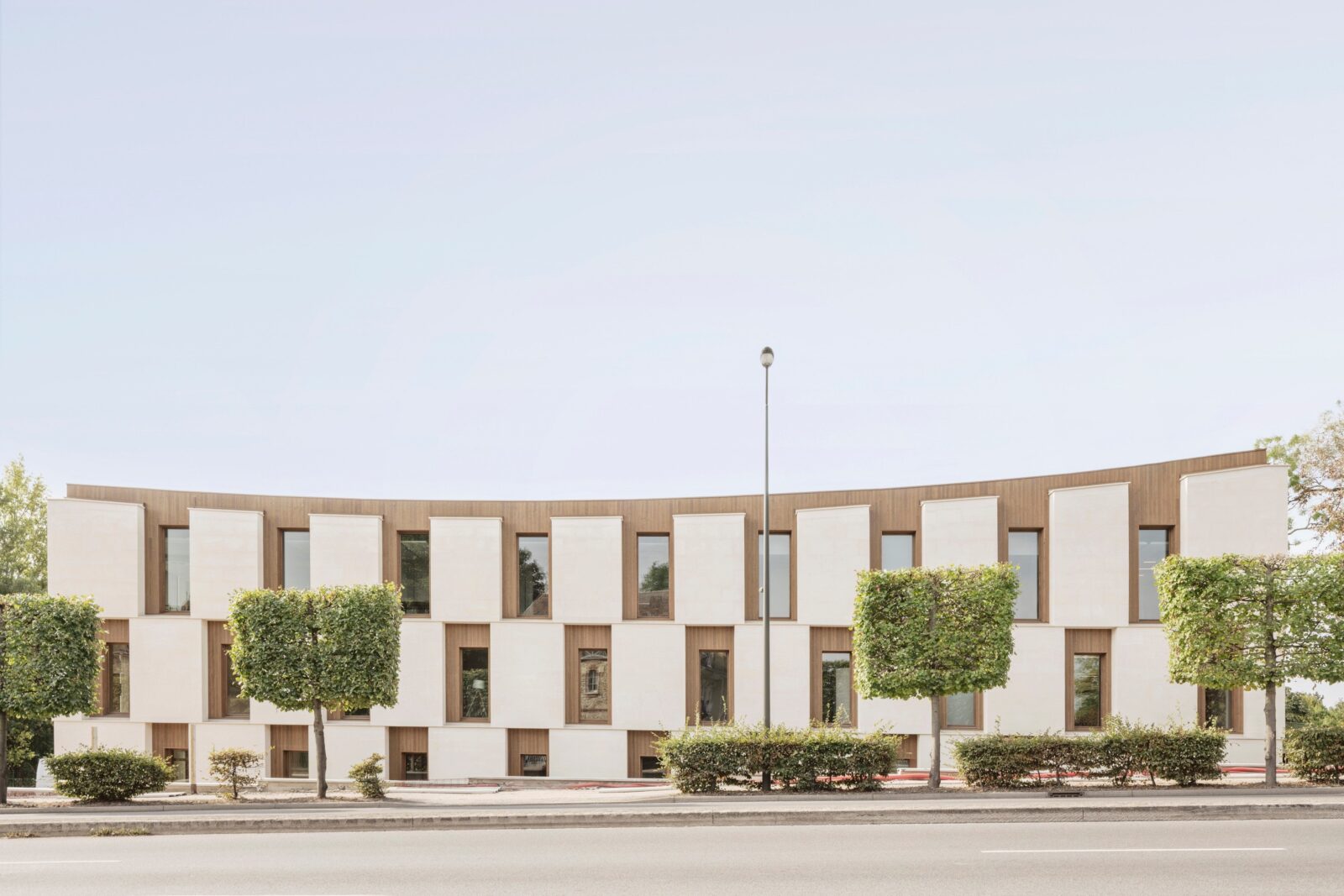



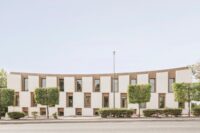











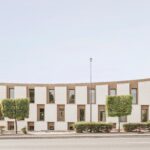

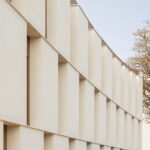
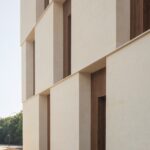
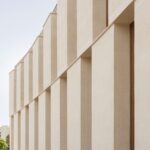
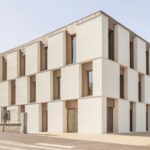


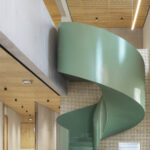










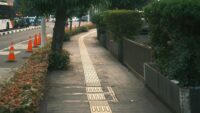
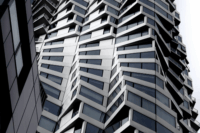


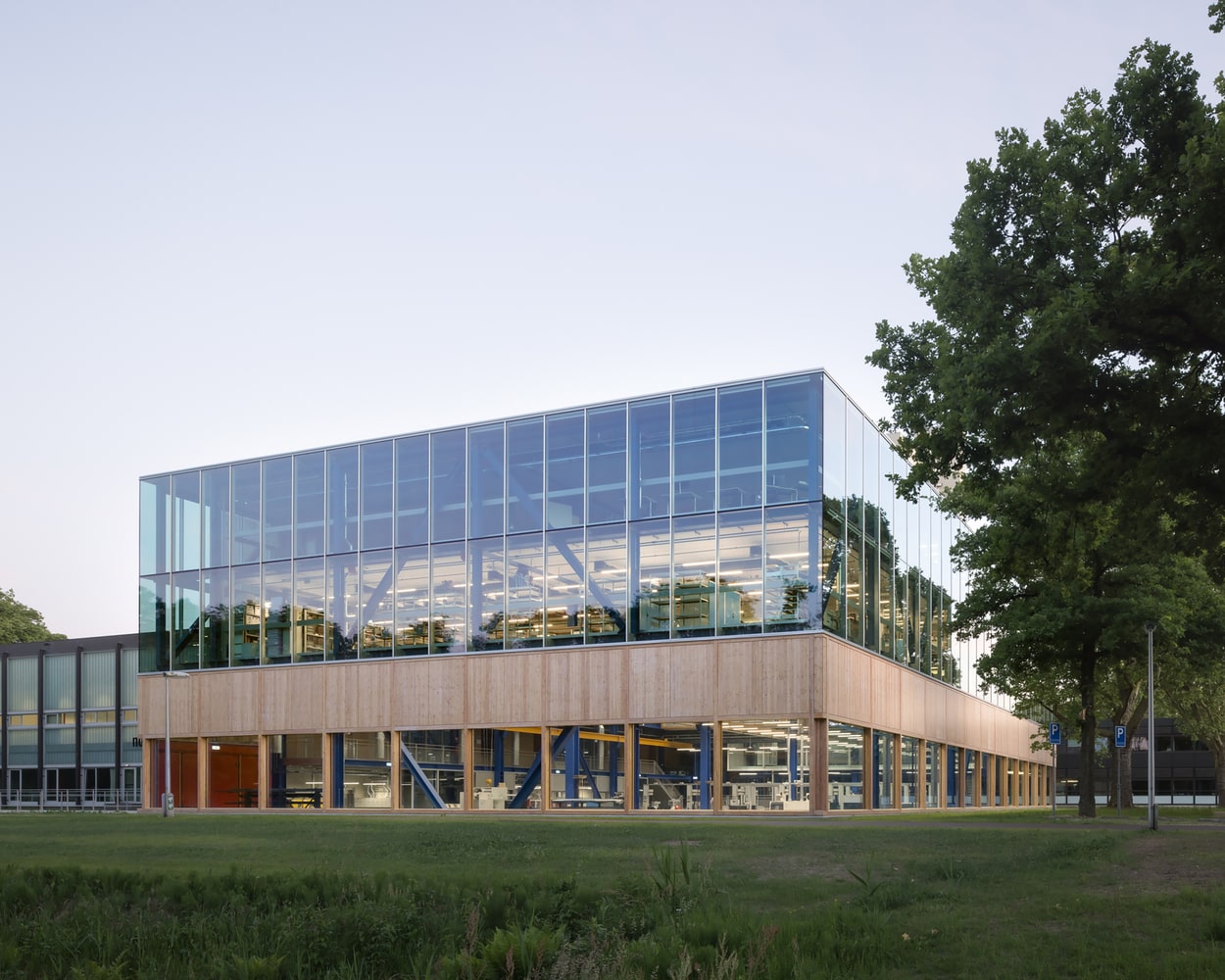

Leave a comment